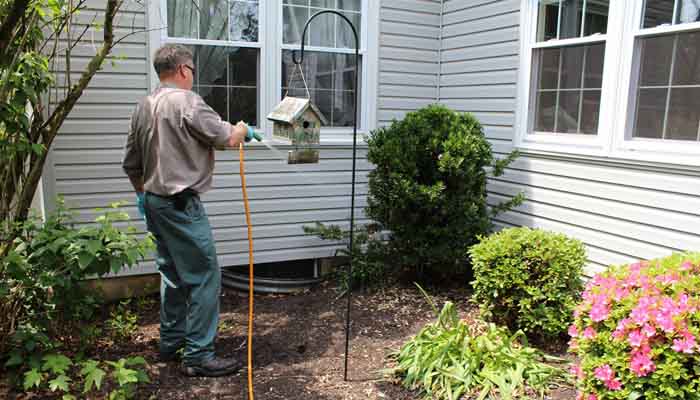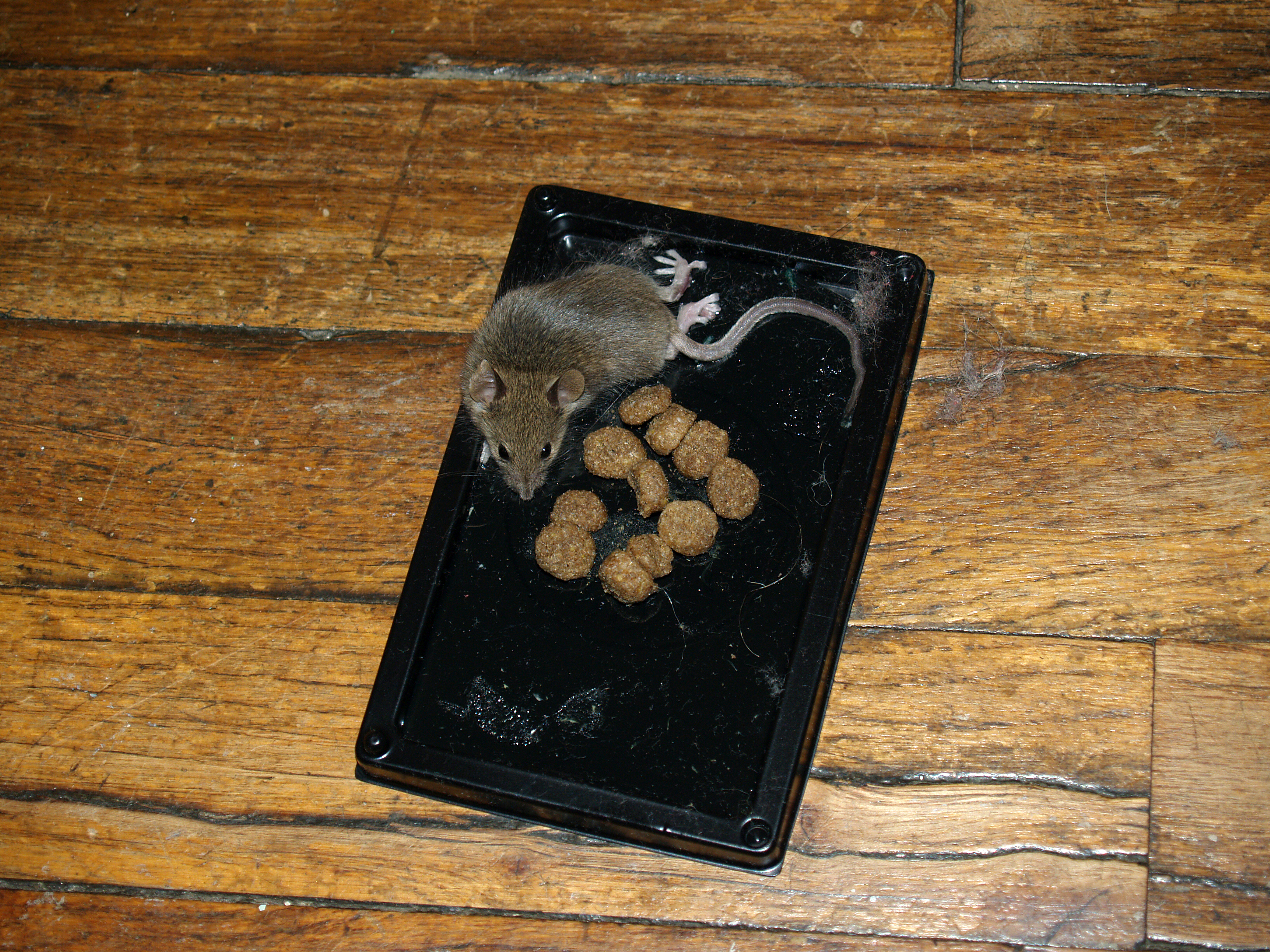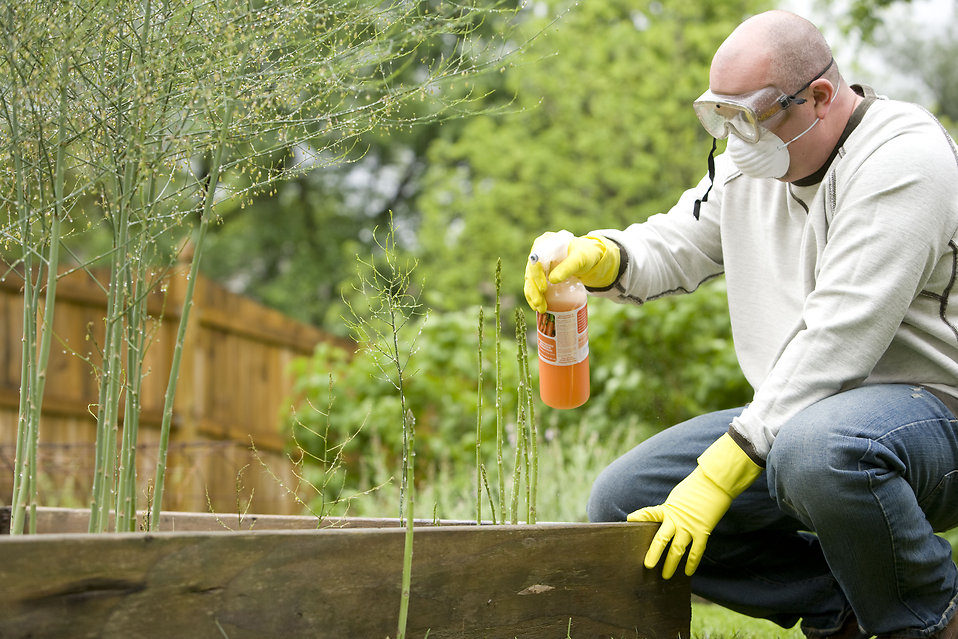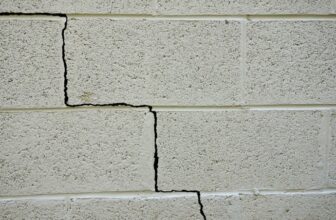
When pests invade your home, the tendency is that you immediately blasting them with pesticides and intoxicating products. However, this may not be the best solution to the problem. Though this can effectively kill the pests, this is also toxic to people, especially to the kids.
In general, getting rid of pests at home can be easily accomplished if you are more than willing to take extra measures and precautions. Here are 8 of the most effective natural home pest control techniques you must try.
1. Keep your home clean at all times.
Pests and rodents easily get attracted to food and water. So, it is best to begin by making your house less inviting to pests. If there are any spills or food scraps, wipe it off immediately. Also, always make it a habit to take out the garbage on a daily basis and make sure you put the waste receptacles far away from your house.
After every meal, always wash the dishes. The tendency is that cockroaches and bugs might crawl onto the plates and kitchen utensils if these are left unclean. If you are in a hurry, just soak them in soapy water. If there are any leftover foods or beverage and you wish to store them outside the fridge, make sure you use sealable containers or jars.
2. Close Any Possible way
Any potential entry that can be used by invaders should be closed. This way, you can deny access to filthy pests like bugs. If you happen to notice any cracks or holes in your pipes, sinks, toilets, walls, and ducts, make sure you use silicone caulk to seal it. For your doors or windows, it is best to install screens. These will prevent flying insects from getting inside your home.
3. Get Rid of Them Using chemical Free Techniques
Once you’ve removed all the items that attract them and denied them access, it is time to let these little intruders out. But, this doesn’t imply you have to use chemical-based pesticides. You can either use vacuum for tiny bugs, or a fly trap for those flying critters.
4. Use Homemade Pesticides
If traps don’t seem to work, you can always create a homemade pesticide using the available materials you have at home. Garlic, pepper, onion, Neem leaves, baking soda, and dish detergent are among the materials you can use.
5. Avoid storing Stagnant Water
Mosquitoes are among the many pests that get attracted to water. It is a place where they can quickly breed and multiply. Once they become many, they are capable of spreading illnesses in the entire household. And worse, it might be very difficult to get rid of them. Aside from mosquitoes, stagnant water can invite other creatures that want to quench their thirst.
6. Prune Your Trees Regularly
Trees that are not pruned regularly can become a breeding ground for pests. Hence, any tree close to your house must be maintained.
7. Regularly Inspect All Your Items
Any newly purchased item or furniture must be properly inspected before bringing it inside the home. This is to avoid any stowaway critters from wreaking havoc into your home
8. Never exceed the suggested application of a pesticide.
When using a pesticide, you must learn to limit the application. If possible, follow the suggested application rate. If you are asked to wear masks or goggles, then you have to abide. The aim is to kill any unwanted critters fand pests, not humans
Pests don’t really have to be an inevitable part of your life. When appropriate pest control steps are taken, pests would never be an issue. But, if you think the problem is too big to handle, it is best to seek help from professionals.








